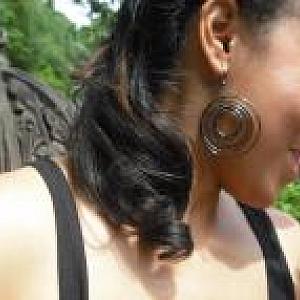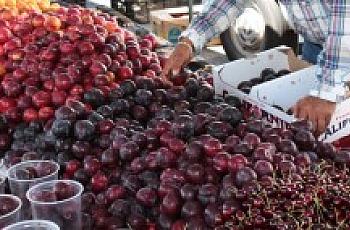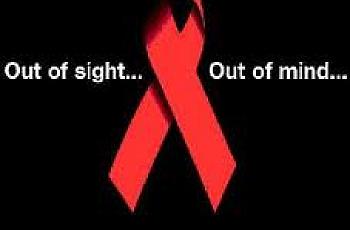
Leiloni De Gruy
Content Manager

Content Manager
For nearly four years, the Los Angeles Wave Newspaper, a community-based publication, has been my home. And over that time, I am proud to say that I have written more than 1,000 articles (four to five stories per week), a number of which have been picked up by notable websites. On any given day, I can be seen covering local elections and council meetings, as well as touching on topics such as health, health care, race, human rights and other matters. Currently my beats are in Compton, South Los Angeles and Culver City. Additionally, every week I, along with my colleagues, post articles, photographs and even video footage to our website via a content management site. Here, we are expected to assist the web editor in maintaining The Wave's multiple sites.
What tugs at my heart most are individual stories of people who are facing debilitating illnesses or who are discriminated against based on their disability or disease. Here, I try to paint pictures through words so that their tales resonate with our readers and give them insight into the challenges they face day-in and day-out. Their trials and tribulations have not only inspired me, but our readers, many of whom have been persuaded to take an active role. This is priceless, and this is why I began my journey into journalism in the first place.
That love was fostered while attending California State University, Long Beach, where I received a bachelor's degree in journalism, with a minor in sociology. It was during my stint in college that I began to get my feet wet by writing for the Daily 49er, a student-run newspaper on the campus.
Beyond work, I enjoy spending time with friends and family. And when time permits, I try to sneak in a few mini vacations along the way.
<p>Living with HIV or AIDS can be an unyielding source of stress that is not easily handled alone. It takes support, activism and a strong determination to not only survive, but thrive with a disease that takes a heavy mental, physical and emotional toll.</p>
<p>When HIV/AIDS was thought of as a White, gay disease, it was often the suffering of Black patients that helped the world realize that it could affect anyone. Today, African-Americans remain the racial group most acutely affected by the epidemic.</p>

<p>For people living with HIV or AIDS, nutrition is a key component of any treatment plan. But living in neighborhoods where healthy food options are few and far between can make it difficult to eat healthy. </p>
For people living with HIV or AIDS, nutrition is a key component of any treatment plan. With a weakened immune system, it is vital that they maintain optimum health by way of exercise and following the basics set forth in widely-accepted dietary guidelines. But living in neighborhoods where healthy food options are few and far between, with an outsize presence of fast-food outlets, can make it difficult to eat healthy.

<p>The realm of AIDS/HIV and its prevalence in the African-American community is not one that has gone untouched, yet the problem continues to get worse. A new CEHJF Fellow describes her upcoming reporting project.</p>